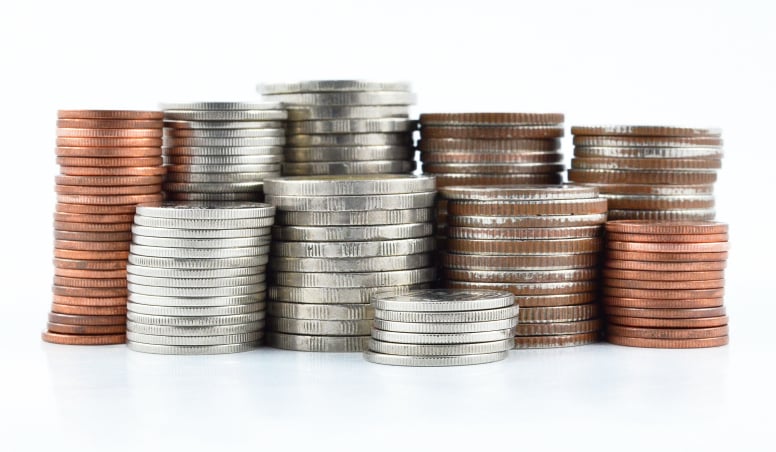Investing
8 High-Yield Dividends That Could Be Cut or Suspended in the Recession

Published:
Last Updated:

Something strange happened in the instant recession as the novel coronavirus turned into the COVID-19 pandemic. Many “safe and defensive” stocks faced the rare instance of not being so safe or defensive. Some dividends that have been deemed safe and comfortable and with room to grow suddenly have yields high enough now that they should be raising eyebrows.
If investors have learned one thing over time, it is that it can be very painful when a company announces that it is cutting its dividend. It’s far worse when a company has to suspend its dividend, because many funds that own income stocks simply can no longer own it.
A safe dividend is backed up by years of continued earnings power and a company’s ability to manage its balance sheet and cash flows. Many dividends have reached beyond normal levels of justification, either because their stock prices dropped and the dividend remains or because their earnings power is less certain in the pandemic recession that has hit many defensive stocks.
24/7 Wall St. has screened out 10 stocks that have dividends at levels that we cannot consider “safe.” Some of these companies have defended their dividends already, and some have vowed to do almost whatever it takes not to cut or suspend their dividends. That does not mean investors should believe there are any laws or assurances that those dividends cannot be cut or suspended.
One driving force behind very high dividends is the longstanding race for companies to increase their dividends, spend billions and billions on stock buybacks and load up on low interest rate debt. When a recession hits, that creates a difficult climate, especially when the rate of change in businesses occurs in less than a month.
It is quite common that bad things happen to even the best companies in recessions. By this point, with the combined impact of the past two recessions being worse than all recessions since the Great Depression combined, investors have seen plenty of surprises.
In the S&P 500, 390 companies screen out as dividend-payers, and of those, the median yield is close to 2.4%. The median dividend of the 30 Dow Jones industrial average stocks is closer to 3.0%, without counting the suspended dividends at Boeing and Disney. For the ultimate comparison of Treasuries, the 10-year has close to a 0.7% yield and the 30-year was last seen just under 1.5%.
We have offered a brief explanation about each dividend and why we feel they are too high. Again, these are not predictions that these 10 dividends will be cut immediately. Our view is that if investors want to own these companies, they need to keep in mind that the yields are too high to justify in the current environment.
Keep in mind that some companies will recover or keep paying those yields for far longer than skeptics might assume. The economic recovery and the expectation that the economy won’t be shut down again may support the payouts via earnings, or those yields may come down due to rising stock prices.
We did screen out the mortgage real estate investment trusts (REITs), business development companies (BDCs) and master limited partnerships (MLPs) and other partnerships because of how they make their payouts. Companies with erratic or variable dividend history also were screened out.
Here are 10 high-yield dividends that can be viewed as too high or where there could be issues down the road.
Altria Group Inc. (NYSE: MO) pays close to 8.2% for investors who are getting in at the current price. The company has spent years hiking its dividend, and frankly it has managed to surprise endless critics with its ability to operate and generate this level of profits year after year. The company recently said its dividend remains a top priority and that it is targeting approximately 80% of adjusted earnings per share for its payout ratio. It is surprising that the analysts are calling for earnings growth in both 2020 and 2021, but then again, the reports are that vapers (certainly the older ones) are returning to cigarettes.
As for the flip side supporting its dividend, the team at Stifel called Altria too cheap at the current levels. That report supported Altria’s pricing power, a strong balance sheet and support for its dividend.
Thank you for reading! Have some feedback for us?
Contact the 24/7 Wall St. editorial team.